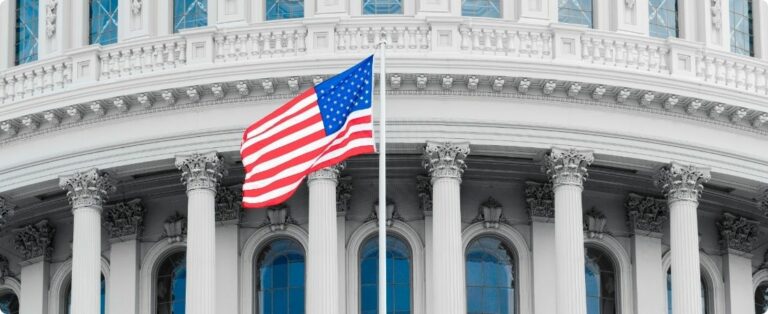
Image: Pixabay
According to the company's analysts, as soon as the pessimism in the market passes, the inverted curves are likely to strengthen again with forecasts of increased demand. “This will happen at a time when industry Capex is low; and higher prices are expected”, says Heitor Paiva, Energy and Macroeconomics analyst at hEDGEpoint.
For the analyst, in the largest global economy, the USA, although markets are pricing in the expectation that the Fed will increase interest rates by March 2023, the current monetary tightening has not led to a major economic deterioration. The job market has been resilient — new job openings have fallen, but unemployment remains low.
“Demand-side inflation is weaker than supply in this cycle. A tight labor market means there are fewer jobs available, which leads to higher wages. Salaries, being a relevant cost, are passed on to consumers in the form of higher prices”, says Paiva.
{module Form RD}
Perspectives for Europe
Crops such as corn and wheat need nitrogen-based fertilizers as they do not fix nitrogen in their roots. Considering that high natural gas prices have reduced the profitability of ammonia in Europe, a lower supply of nitrogen is expected, according to hEDGEpoint Grains and Macroeconomics analyst, Alef Dias.
Electricity prices have risen with low gas flows from Russia, worsening economic activity in the region. The market expects European Union industry to grow by 0.65% in the year, suggesting GDP growth of 1.2% at the end of 2022.
“Russia will supply increasingly smaller volumes of gas to Europe, in retaliation”, points out Dias. This shortage will be worsened by interventionist policies that encourage greater energy consumption. “The ECB will have to adapt, as energy-related spending will bring inflation and weaken the euro”, adds the expert.
The analysis is from hEDGEpoint Global Markets.
A more hawkish European Central Bank (ECB) is already priced in by the market, so its monetary decisions will not affect the euro, according to the analysis. “In our opinion, for this currency to strengthen, better energy-related headlines and a return of risk appetite in the market are needed,” notes Dias.
In the US, the Fed expects rates to reach 4% and remain elevated “for some time”. Still, the market expects cuts from March/23.
By: Aline Merladete | agrolink















